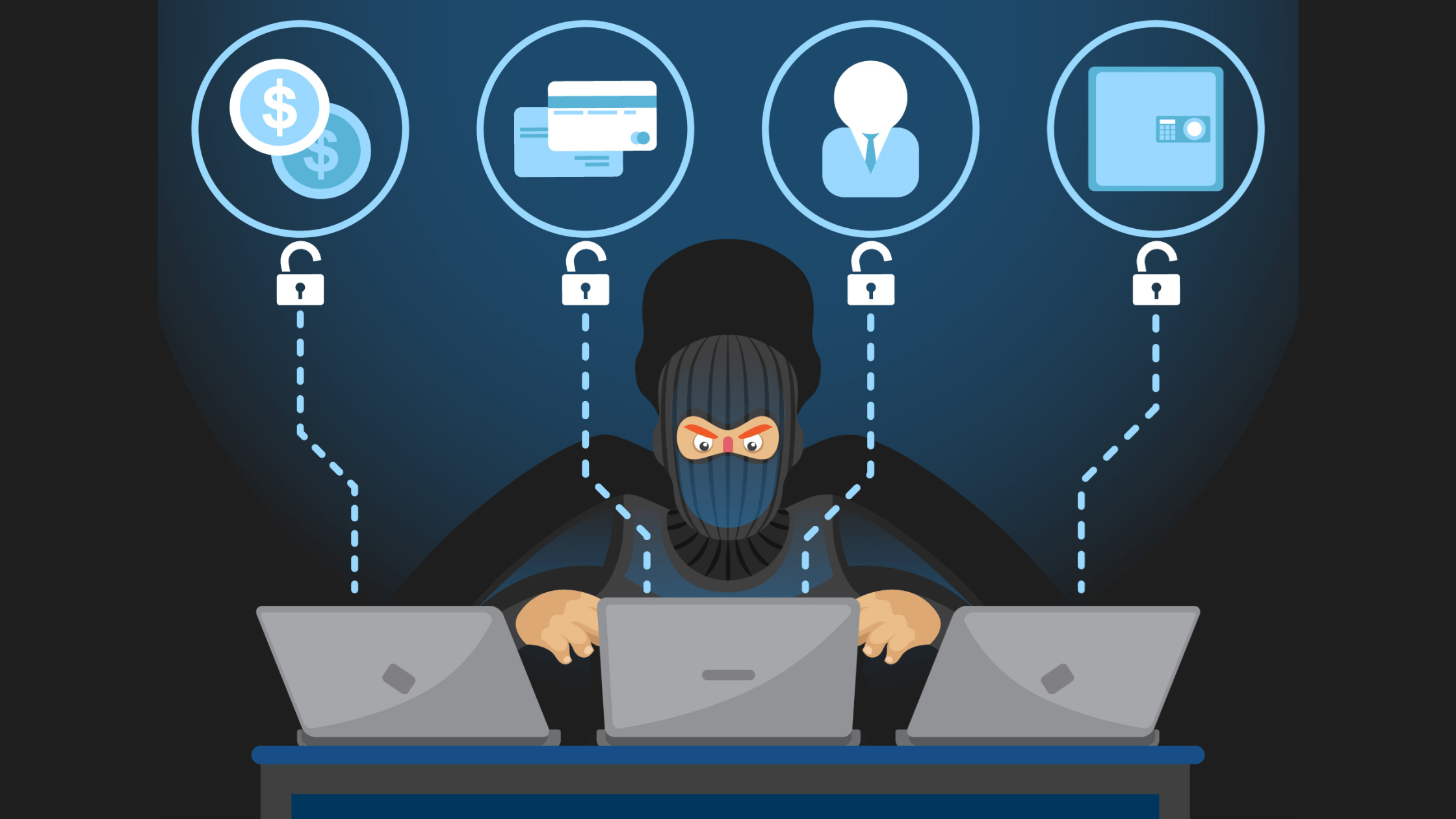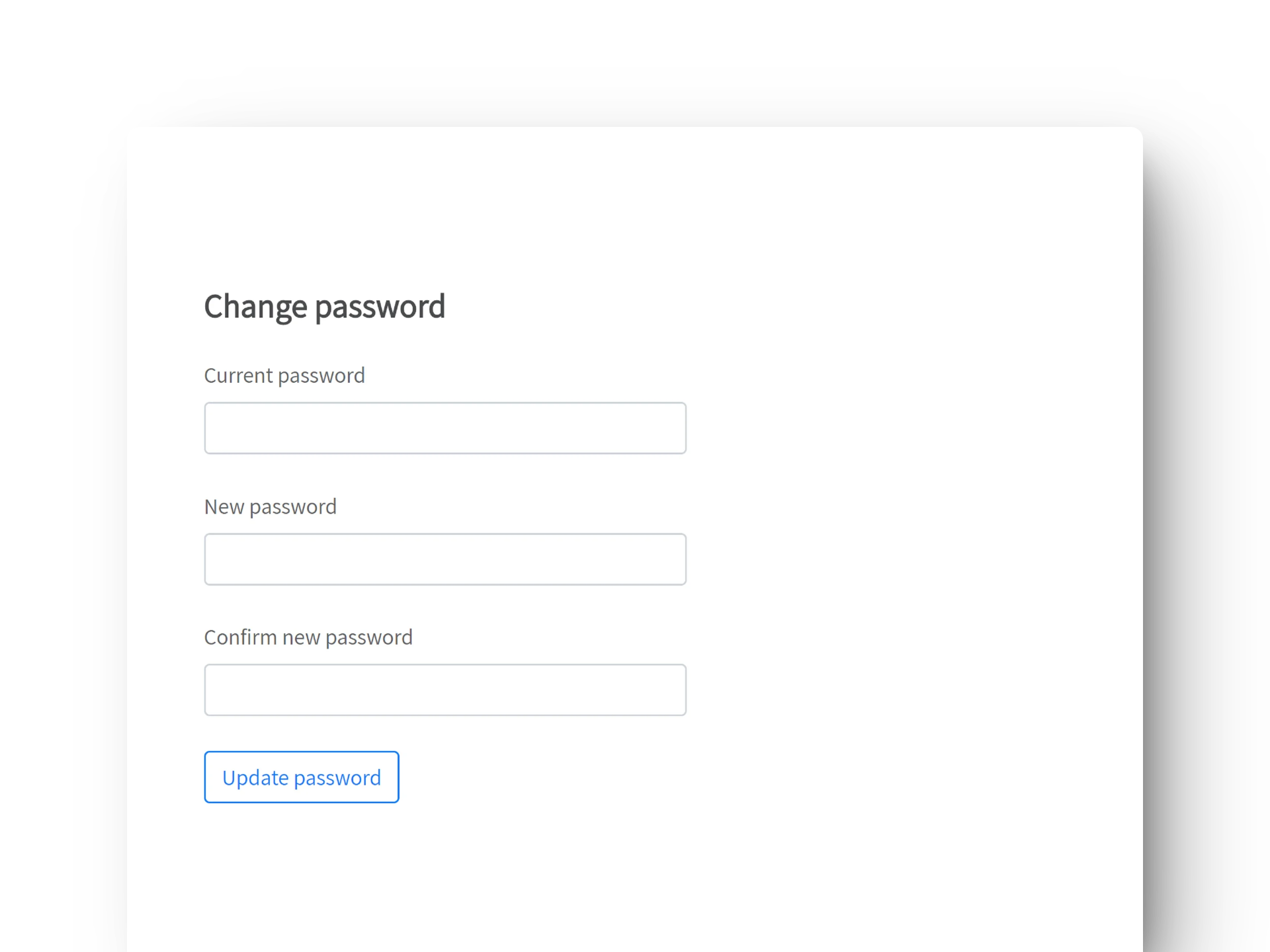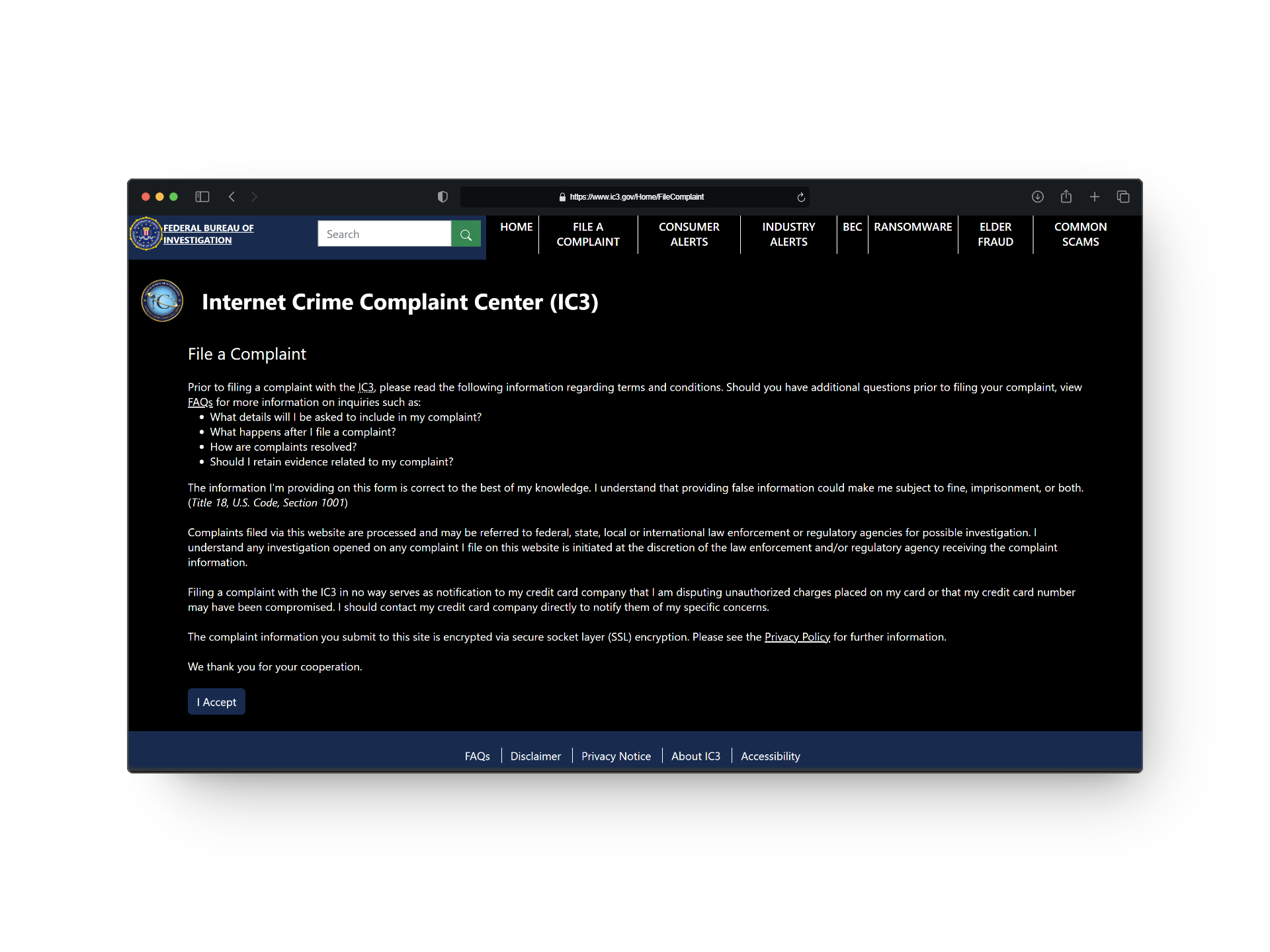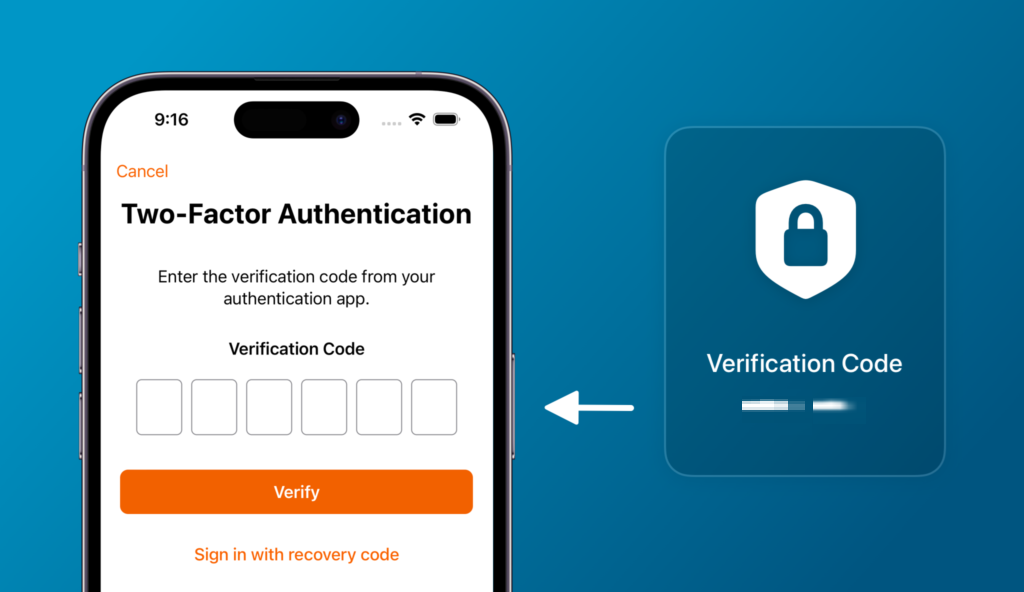How to Protect Yourself from Online Blackmailers?
- Cyber blackmailing happens when criminals gain access to sensitive data and use it to demand a ransom, often through tactics like ransomware, DDoS attacks, or data breaches.
- If you're targeted, it's crucial to stop engaging with the blackmailer, update your privacy settings, gather evidence, report the incident to the authorities, and consider getting legal help.
- To protect yourself in the future, make sure you’re using strong passwords with two-factor authentication, be careful about what you share online, secure your devices, and regularly back up your data.
So, what should you do when a blackmailer is just outside your digital door, demanding ransom? First, you need to be well-informed about how cyber blackmailing works, then proceed to learn how to get rid of these blackmailers.

How Cyber Blackmailing Works
Cyber blackmailing can take many forms, yet the core strategy remains the same: using the fear of harm to pressure victims into paying a ransom.
But how do these criminals find and exploit these weaknesses, you ask?

- Infiltration: The first step is infiltration, and there are several methods for this. It may be an untargeted attack, aiming to break into as many devices or systems as possible, or a targeted attack specifically focusing on a particular organization.
- Propagation: Once inside a system, the next step is to obtain a hold of sensitive information.
- Extortion: With the victim’s data in hand, the attackers demand a ransom (usually in cryptocurrency). Victims typically feel they have no choice (or at least presume so) but to pay for the decryption key, cessation of the attack, or non-release of their personal data.
- Persistence: After the payout, attackers should provide means to recover the data or restore the system. However, as often expected from criminals, they don’t always uphold their end of the bargain. Furthermore, they frequently leave a way to enable potential future attacks, especially if the initial attempt was profitable.
How Blackmailers Gain Access to Sensitive Data
To prevent cybercrimes, it’s crucial to understand how they’re committed. Let’s explore some common ways criminals steal sensitive data.
1. Ransomware

This is a type of malware that infects a network or system and encrypts all the data it encounters. The aim is to block the target from accessing their files or even entire devices.
The most common method to deploy ransomware is through phishing emails. Threat actors impersonate a trusted entity, tricking recipients into opening an attachment. This action installs malware (typically ransomware) on the computer, encrypting all the target’s data.
Victims can unwittingly download malicious files from the internet that contain the malware.
2. DDoS Attacks

In some attacks, the goal is not to encrypt data but to flood the network servers with a high volume of simulated web traffic, rendering the system unavailable. This is known as a Distributed Denial of Service (DDoS) attack.
3. Data Breaching

Cybercriminals identify security vulnerabilities or use trial-and-error methods to bypass security measures within a system. They then sift through the data to gather as much sensitive information as possible, which they later threaten to reveal unless their demands are met.
How to Get Rid of Blackmailers
If you’ve been targeted by cybercriminals, don’t worry. There are steps you can take to regain control and reduce the damage. Here’s what you should do:
1. Cease Communication With the Blackmailer

As tempted as you may be to pay the ransom and hope they’ll go away, this is the last thing you should do. Paying only encourages the blackmailer.
For this reason, it’s best to stop all engagement and negotiations. Usually, they go away on their own when the target ignores them. Some may respond with even more aggressive threats. There isn’t a clear predictor of what blackmailers will actually do, but giving them what they want rarely works, that’s for sure!
2. Update Your Privacy Settings
Your goal is to close all doorways of communication through which the blackmailer might contact you. Start by changing your privacy settings from public to private on all your social accounts.

While you’re at it, update all your passwords, even for accounts that haven’t been compromised (yet). This locks out any other devices that may have accessed those accounts.
3. Document for Evidence
You need solid evidence to file a case against them. Start by capturing screenshots of every exchange and blackmail threat, documenting personally identifying information such as usernames, emails, or phone numbers, chat logs, and even dates and times of anything they post.
4. Report the Incident
Take your collected evidence to the local police station and relevant authorities to file a report. This is particularly important if the crime is local. Each state or country will have different laws regarding cyber blackmailing, but it is considered illegal almost everywhere.

Next, file a complaint with the FBI’s Internet Crime Complaint Center (IC3), which deals with all-things-cybercrime. Simply fill out the online IC3 form, add your personal information, describe the incident, provide evidence, agree to the terms and conditions, sign, and submit. Additionally, you should also notify the platform about such abusive activity.
5. Hire an Attorney
For further legal proceedings, you’ll want to hire an attorney to represent your case in court. They will inform you about your rights and guide you through the legal steps needed to bring the criminal to justice.
What’s the Next Step?
To ensure it doesn’t happen to you again:
- Be mindful of what you’re sharing online and even what you keep on your devices.
- Awareness is the next step. In most cases, blackmailers are merely bluffing, hoping someone will take the bait.
- Use strong passwords with a mix of characters, numbers, and symbols.

- Turn on two-factor authentication to easily monitor all your active sessions and any suspicious login attempts.
- Keep your webcams covered and use secured Wi-Fi networks, especially when logging into accounts and viewing sensitive information.
- Manually remove your information from data broker sites.
- Regularly back up data, so that in case it gets encrypted, you don’t have to pay ransom to regain access.
Care is better than cure, and the truth is, the more information you put out there, the higher the chances that cybercriminals can use it against you.





